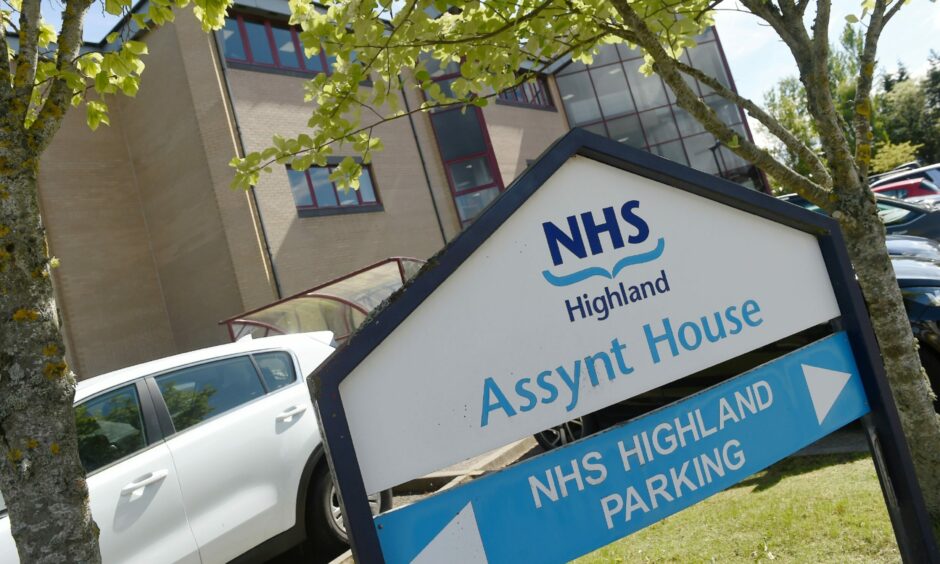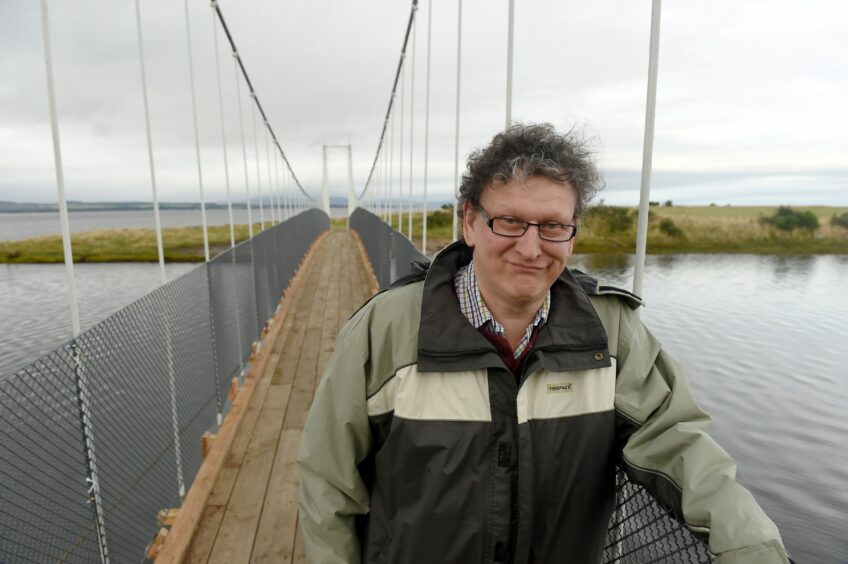NHS Highland says care at home services have been badly hit by a “crisis” in staffing.
Some independent providers have effectively pulled out of rural areas, unable to recruit or retain staff.
The NHS board has offered block contracts and an early pay rise to try to help, but admits it may have to review care at home visit times and duration.
NHS bosses outlined the scale of the problem at a difficult first meeting of a joint monitoring committee with Highland Council on Wednesday.
Providers are ‘handing back’ care contracts
NHS Highland relies on the independent care sector to deliver the bulk of its care at home services. Currently, independent carers account for 69% of care in Highland, at a cost of £13m per year.
While there are more than 20 providers on the framework, more than half of care services rely on three large operators. In more rural areas, care at home is generally provided by very small organisations.
These independent providers are paid on a three tier model for urban, remote and rural areas based on postcode. NHS Highland can also offer extra pay for workers in so-called ‘red zones’ – areas so remote they bring extra challenges.
Unfortunately, Covid-19 has started a vicious circle. The pandemic has pushed up absences, which puts extra pressure on current workers. Staff burnout is a recurring problem and many are quitting to take up better paid in-house NHS jobs.
NHS Highland says there are 106 vacant posts currently, amounting to 2,900 hours of lost care per week.
As a result, some providers are ‘handing back’ contracts to the NHS, and consolidating services in areas that are easier to staff. Remote and rural Highland is hardest hit.
Early pay rise
NHS Highland says it has taken several steps to help, but still faces serious challenges.
The health board recently wrote to people receiving care at home services and explained the difficulties with recruitment. The letter warned clients they could face changes to the timings of their care visits and the length of time their carer can stay.
Independent providers were also given a block contract to allow them to be more flexible in the contracts they offer. At the same time, NHS Highland provided an early pay rise, introducing the new rate of £10.50 per hour four months ahead of schedule.
The health board also has government funding for more social workers across north Highland to help with complex adult social care cases.
However, health bosses admit the problems are far from over.
Councillor Derek Louden raised concerns about the impact on rural areas.
“The report talks about cover being really difficult to provide in red zones, and a move back towards areas of higher population,” he said. “It’s good to see that additional posts have been made available but there are issues with staff retention, high levels of absence and a large number of vacant posts.
“So even with the increase in pay, it doesn’t seem to have addressed the issues with staff leaving the sector.”
Mr Louden also asked for more information about changes to visit times.
“It would be good to think these changes would be chosen by the care beneficiaries and that the visits would be getting longer, but I suspect that’s not the case.”
NHS Highland chief officer Louise Bussell described it as a “live conversation”.
“This is about how we work with individuals on what is best for them,” she said. “However, it is under that challenge and caveat about the ability to provide those services in some areas in particular. So it’s how we have that dialogue about ‘this is what’s available and could it work for you?’
“We need to keep that as a live conversation.”
Committee calls for more action
However, many members of the joint monitoring committee felt they had more questions than answers.
In a series of spiky contributions, councillors and third sector colleagues asked for clearer reporting and action.
Councillor Alasdair Christie said the report failed to provide enough information about the challenges and the plan to address them. “I’m not sure this report does it for me in terms of scrutiny,” he said.
Ms Bussell agreed that there is room for improvement, while Highland Council chief executive Donna Manson said they are working to get better data.
Mhairi Wylie, representing the Highland Third Sector Partnership, was candid. Ms Wylie said financial governance is “not transparent” and asked that the third sector have a seat at the table in future discussions around workforce planning.
David Garden, NHS director of finance, joined colleagues in agreeing to more detailed reports in future. However, he stressed that these are unprecedented times and transformation doesn’t happen overnight.
“Health and care services in Scotland are facing the biggest financial crisis and recruitment crisis right now and the potential overspend just in the health component is pushing hundreds of millions of pounds,” he said. “We all have to start to transform our services to live within our means. It’s as simple as that.”
Are you interested in more exclusive and breaking Highland and Islands news from the P&J? If so, why not join our dedicated new Facebook page HERE



Conversation